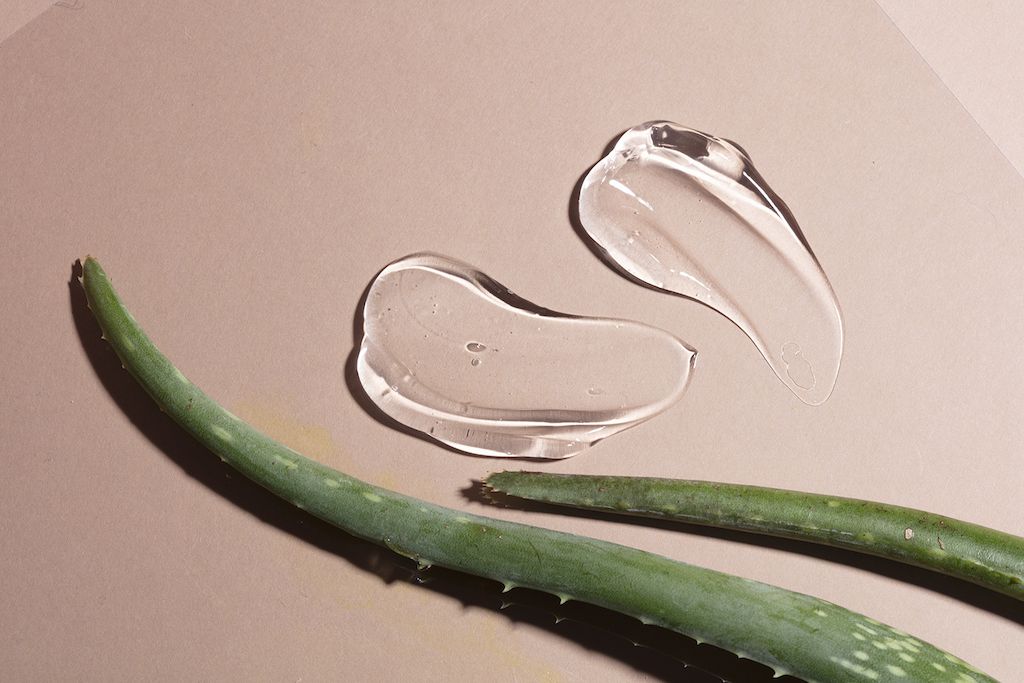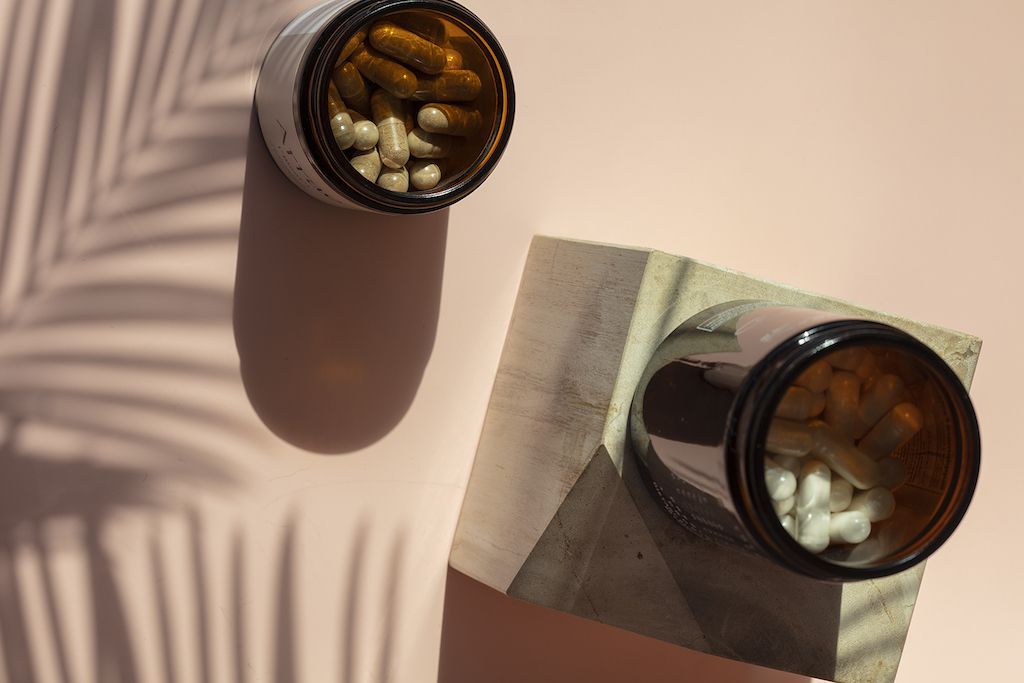Can Laser Treatments Lighten Acne Scars?
“Laser treatments for acne scars” is one of the most-searched terms on the internet in regard to beauty—and it makes sense as acne scars are common. If you have acne scars, you don’t need to feel pressure to treat them. Your face is your own, and it’s unique and beautiful regardless of past breakouts. But if you’re interested in minimizing their appearance in favor of highlighting other features, you have options.
Some acne scars can be faded through topical skincare, like exfoliation, scar-fading spot treatments, and other procedures that can help reduce scarring. But atrophic scarring, the indented scars that form below the upper layer of skin tissue as a result of severe acne, is harder to treat since it prevents the skin from being able to regenerate tissue correctly, leaving behind uneven texture.
That’s where lasers come in. While we’ve had laser facials for evening, tightening, and boosting collagen, we asked three of our most trusted sources about lasers for acne scars: Dr. Jennifer Chwalek, Dr. Jennifer L. MacGregor, and Dr. Marnie Nussbaum.
They talked us through the nitty-gritty details, from types of acne scar laser treatments to how to care for your skin after a procedure. Ahead, find their sage advice and everything you need to know if you’re considering trying a laser treatment for your acne scars.
Types of Laser Treatments for Acne Scars
Believe it or not, treating acne scars doesn’t come in a one size fits all. The type of laser treatment that’s best for you will depend on the kind of acne scars you have.
Acne scars can range from “depressions in the skin—like boxcar, pits, atrophic, [and] rolling—or those where the skin is raised and thickened—like hypertrophic and keloidal,” Dr. MacGregor tells us. “Skin with acne can also be discolored, from red to violet purple to brown (and rarely, blue-gray).”
“Acne scars usually consist of both a textural change in the skin as well as a discoloration (usually brown from post-inflammatory hyperpigmentation or erythematous, which is redness from inflammation),” adds Dr. Nussbaum. “Therefore, multiple modalities can be combined to improve both texture and color to decrease the appearance of acne scars. I usually recommend a combination of different lasers, topicals, and radio-frequency micro-needling.”
Here is everything you need to know to determine which laser treatment is best for treating your acne scars.
- Fractionated resurfacing laser: If you have thick and bumpy acne scars, Dr. MacGregor recommends trying a fractionated resurfacing laser to smooth your skin. If you want to reduce brown pigmentation, Nussbaum suggests using this treatment with 1927 wavelength. Fractionated resurfacing lasers also increase collagen production. “The result of this collagen production is that depressed scars become smoother and blend in more with the surrounding skin,” Dr. Chwalek concludes.
- Pulsed-dye laser (PDL) / intense-pulsed light laser (IPL): “The most common lasers we use to treat scars are PDL or IPL for redness,” says Dr. Chwalek. If you have thick and firm acne scars, Dr. MacGregor also recommends using a laser like PDL.
- Radio-frequency micro-needling with blue-light technology: This treatment is one of Dr. Nussbaum’s favorites. “It has been great at creating microperforations in the skin, which allow for easy penetration of peptides or growth factors to induce healing,” she tells us. “The added blue-light technology can reduce the acne-inducing bacteria in the skin.”
How Do Laser Treatments for Acne Scarring Work?
While you may have heard about the amazing effects laser treatment can have on improving acne scars, many are unaware of the details behind how these lasers actually work their magic. That’s why we asked our experts to explain the process behind it all.
- Fractionated resurfacing laser: “Fractional lasers are unique in that they tend to have a normalizing effect on skin,” explains Dr. MacGregor. This type of laser creates “micro-columns of destruction while surrounding intact areas of skin in order to induce neocollagenesis (form new skin) and heal epidermal and dermal injury,” Dr. Nussbaum adds.
- Pulsed-dye laser (PDL) / intense-pulsed light laser (IPL): “In the case of red scars, lasers such as (PDL) work by emitting a wavelength of light that is absorbed by hemoglobin in the blood, causing blood vessel constriction and improvement in redness,” says Dr. Chwalek. These treatments also feed “the thickened scar and shut off the abnormal cell, signaling in the fibroblast cells, making thick, extra collagen, and ultimately softening the scar,” MacGregor continues.
- Radio-frequency micro-needling with blue-light technology: This treatment “emits radio frequency while penetrating your skin to tighten your pores and the surrounding skin,” Dr. Nussbaum explains. The micro-needling procedure delivers “particles of fillers or platelet-rich plasma to further stimulate the development of healthy collagen and normal skin structure,” adds Dr. MacGregor.
What Is the Procedure Like?
According to Dr. Chwalek, a PDL or IPL laser treatment feels like “a little rubber band firing against the skin.” The intensity of this feeling depends on the laser settings—but don’t worry, most people find it tolerable. Fractionated laser resurfacing, however, can be more uncomfortable, and for that reason, Chwalek usually applies a topical numbing medication for 30 minutes to one hour before the procedure. “During the treatment, it may feel a little hot as the laser passes over the skin,” Dr. Chwalek explains.
Before and After Results
“The benefits [of acne scar laser treatment] are smoothing out texture and evening out skin tone to create a more unified canvas and clear complexion,” says Dr. Nussbaum.
After receiving acne scar laser treatment, “most people describe it as feeling like a sunburn for a few days… the skin is usually a little more red and swollen—and occasionally it may be bruised,” says Dr. Chwalek.
While patients can expect to see improvement in redness, texture, and discoloration, the amount of improvement will depend entirely on the severity of the scars. Acne scar laser treatment results can vary widely. While mild scars may lessen in only one treatment, more severe scars may require weeks, or even several years of treatment to see desired results.
Potential Side Effects
Acne scar laser treatment side effects vary widely depending on the treatment and the expertise of the provider. “The parameters and settings on different devices are infinite,” says Dr. MacGregor. “Experienced physicians combine therapies to achieve excellent results over the course of months with only a few days of redness and temporary discoloration,” she continues. “The potential side effect and complication list, however, includes: worsening acne, permanent discoloration, and worse and additional scars.”
Here are some potential side effects of specific acne scar laser treatments to keep in mind:
- Pulsed-dye laser (PDL) / intense-pulsed light laser (IPL): “The most common side effects of PDL/IPL are redness, swelling, and occasionally bruising,” warns Dr. Chwalek. “Rarely there can [also] be blistering or pigmentary change.”
- Fractionated resurfacing laser: According to Chwalek, prolonged redness is the most common side effect for this type of laser. “[Fractionated resurfacing lasers] can also potentially cause scarring if they are used too aggressively and aggravate melasma in susceptible individuals,” she says.
It’s also important to note that different skin types require different laser settings. “Patients with skin types four and five (on the Fitzpatrick scale, which means you have an olive complexion) may react quite differently depending on what the laser is targeting,” Dr. Nussbaum explains. “The epidermis should be properly protected to avoid scarring from the laser. For example, the radio-frequency micro-needling has a different insulated tip which bypasses the epidermal layer in order to avoid causing epidermal discoloration.”
The Cost
Typically, costs for acne scar laser treatment can vary from a few hundred dollars to over a thousand dollars per treatment. Prices are determined by several factors including the method, the severity of acne scarring, the number of laser treatments, and the healthcare provider. (Keep in mind most health insurance plans won’t cover the cost of acne scar laser procedures.)
Fractionated resurfacing lasers “can range from $1200 to $1600,” Dr. Nussbaum tells us. “Radio-frequency micro-needling can range from $500 to $1300. IPL can range from $500 to $1000, depending upon area,” she continues.
The Aftercare
Taking care of your skin after a laser treatment is essential. Here are five of the most important aftercare tips to keep in mind.
- Use sun protection: The most important aftercare step is to protect your skin from the sun. “Sun exposure can delay healing, prolong redness, and even sometimes cause pigmentation issues following laser treatments,” Dr. Chwalek explains.
- Avoid non-essential products: After a laser treatment, it’s best to avoid all nonessential products—aside from the ones your doctor may prescribe—to prevent damaging contact reactions which will delay the healing process.
- Avoid exercise: If exercise is part of your routine, consider skipping a day or two after receiving laser treatment “in order to prevent more swelling, which will slow healing,” warns Dr. Chwalek.
- Use gentle skincare products: Stay clear of scrubs and other abrasive skincare products following laser treatment. Instead, use gentle cleansers and moisturizers.
- Discuss aftercare with your doctor: Last but not least, remember to discuss the aftercare process with your doctor after your laser treatment, and follow their recommendations for how to care for your skin once the procedure is over.
The Final Takeaway
“Acne scarring can severely affect self-esteem and confidence. Therefore, if there is room for improvement, it is usually worth the investment,” advises Dr. Nussbaum.
Whether you are proud of the skin you’re in or are considering laser treatment as your next solution to curing acne scars, it’s necessary to have as much information as possible to make an informed and confident decision. That’s why it’s important to book an appointment with a board-certified dermatologist who specializes in acne scarring before making any big decision about your skincare journey. In the end, your skin will thank you.









